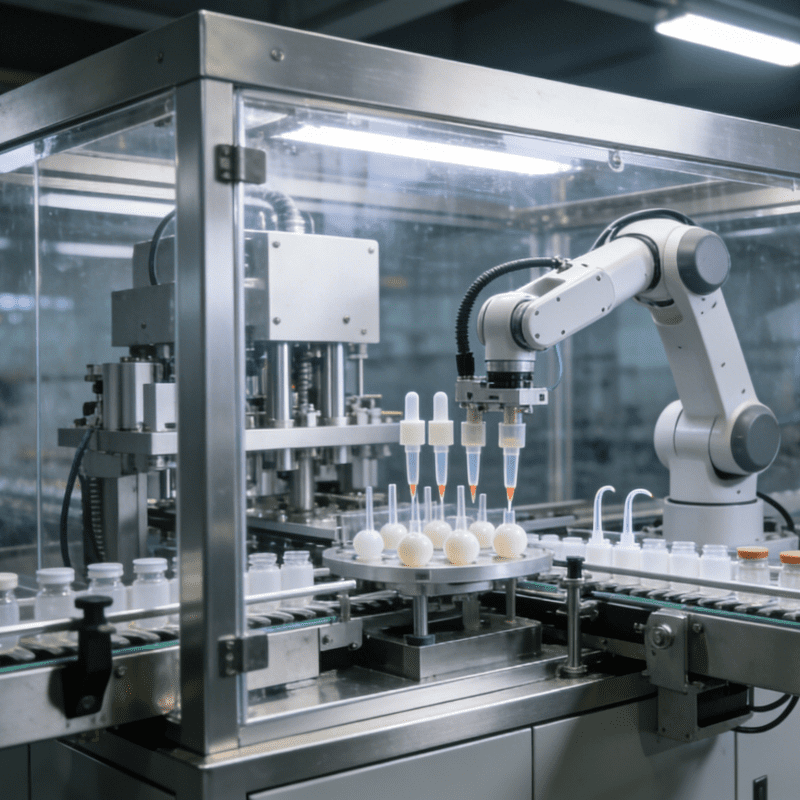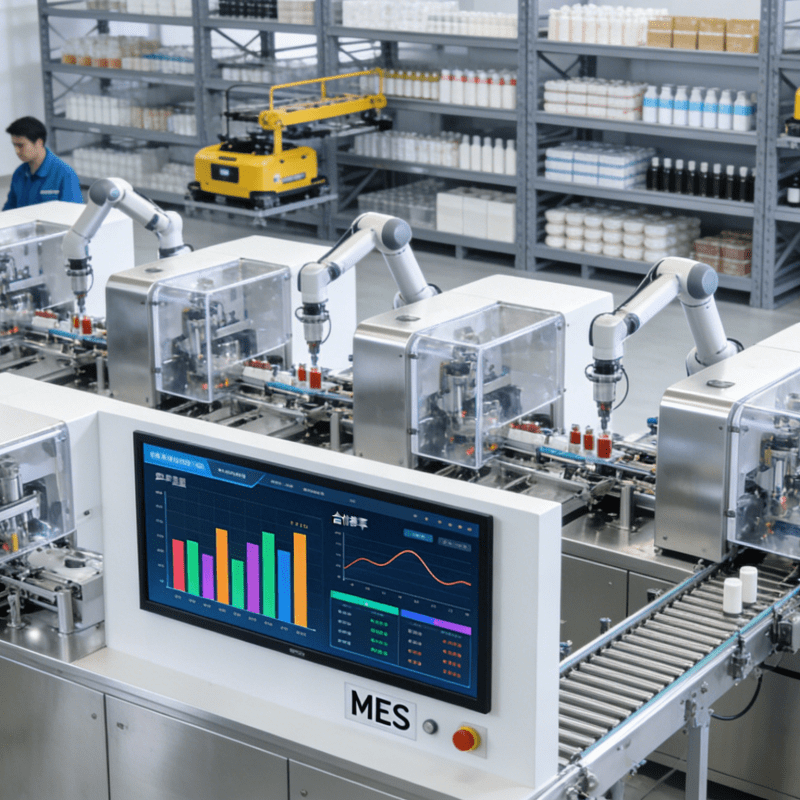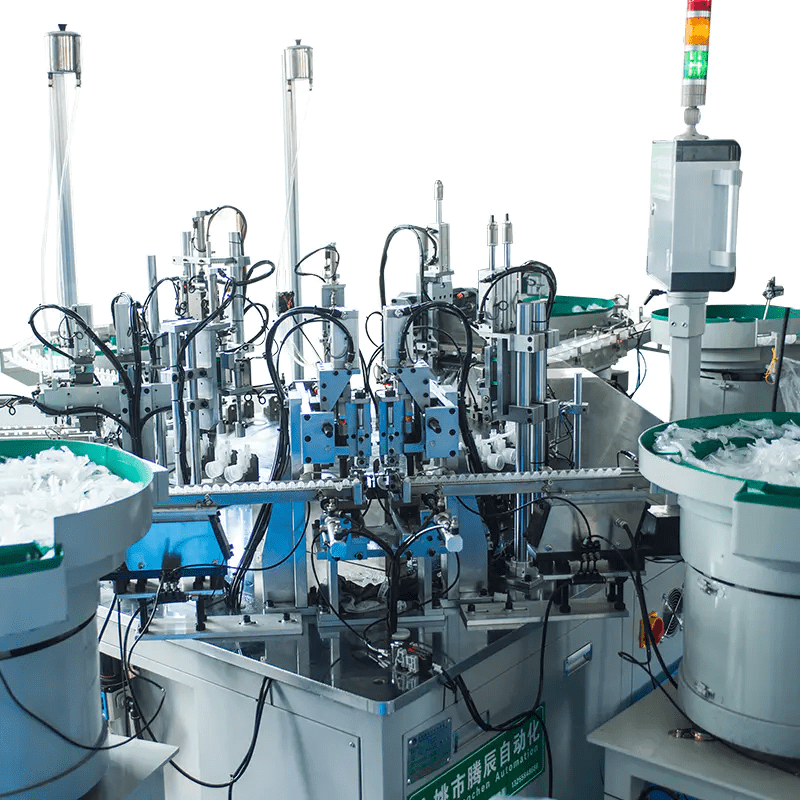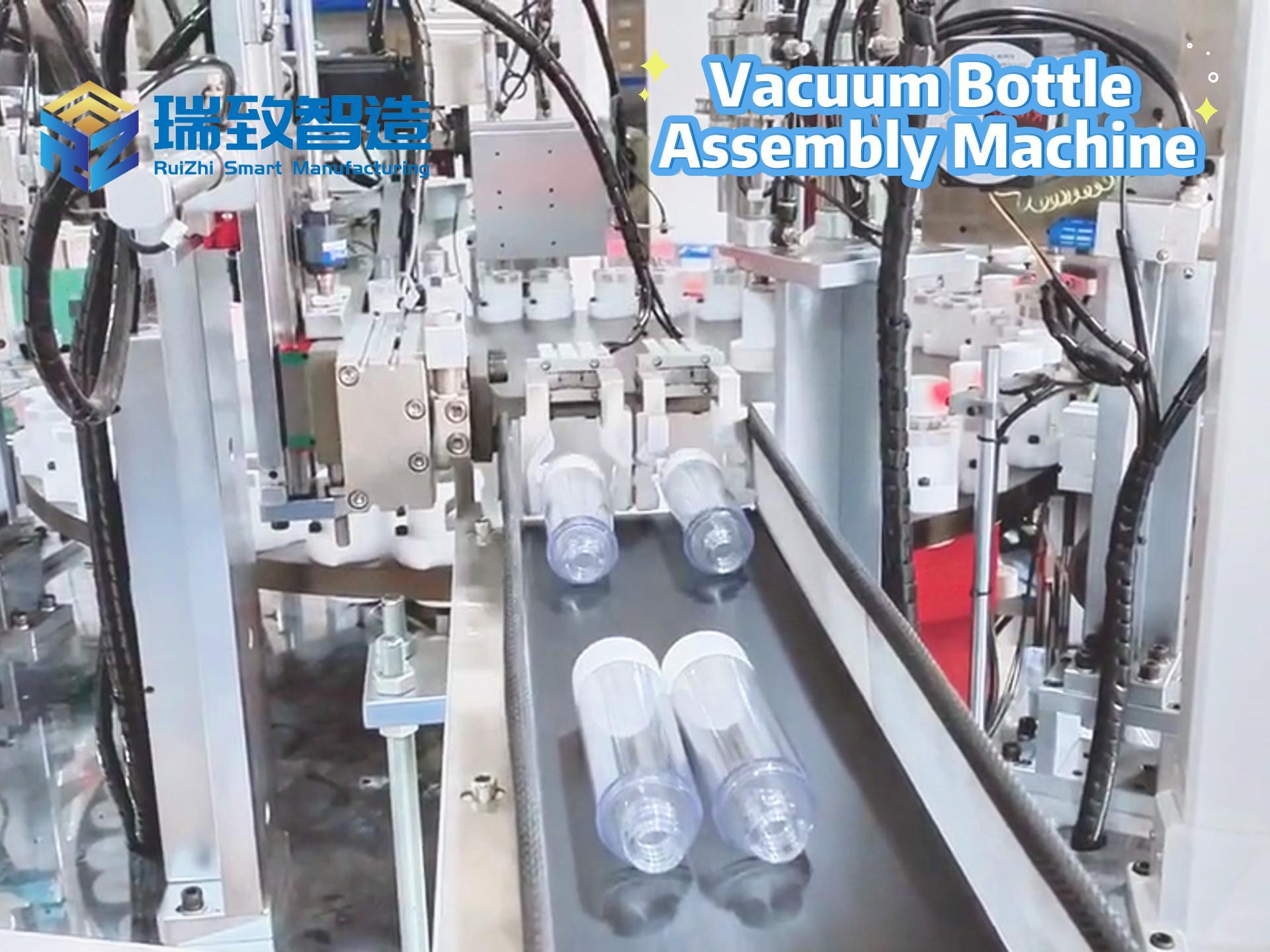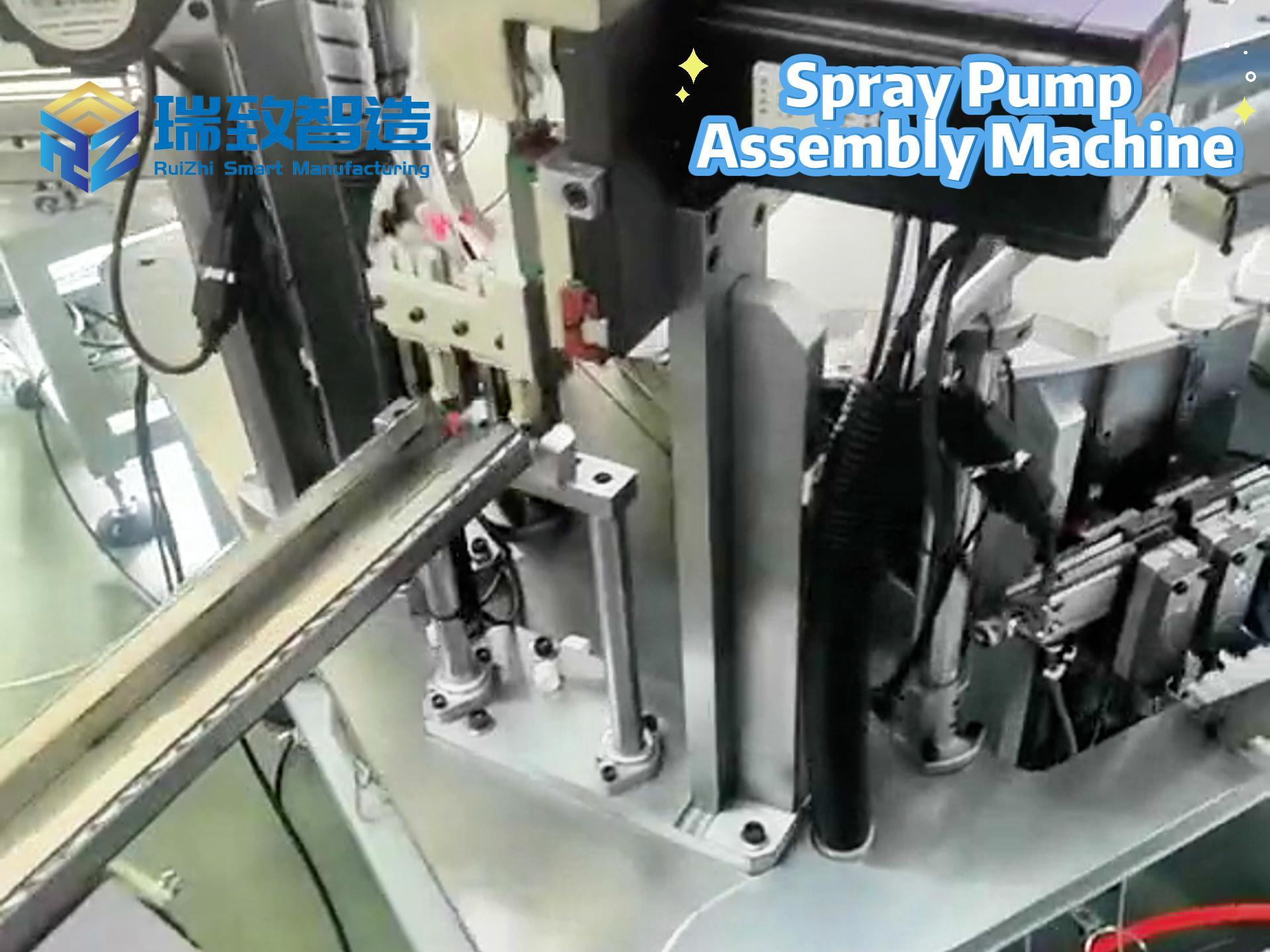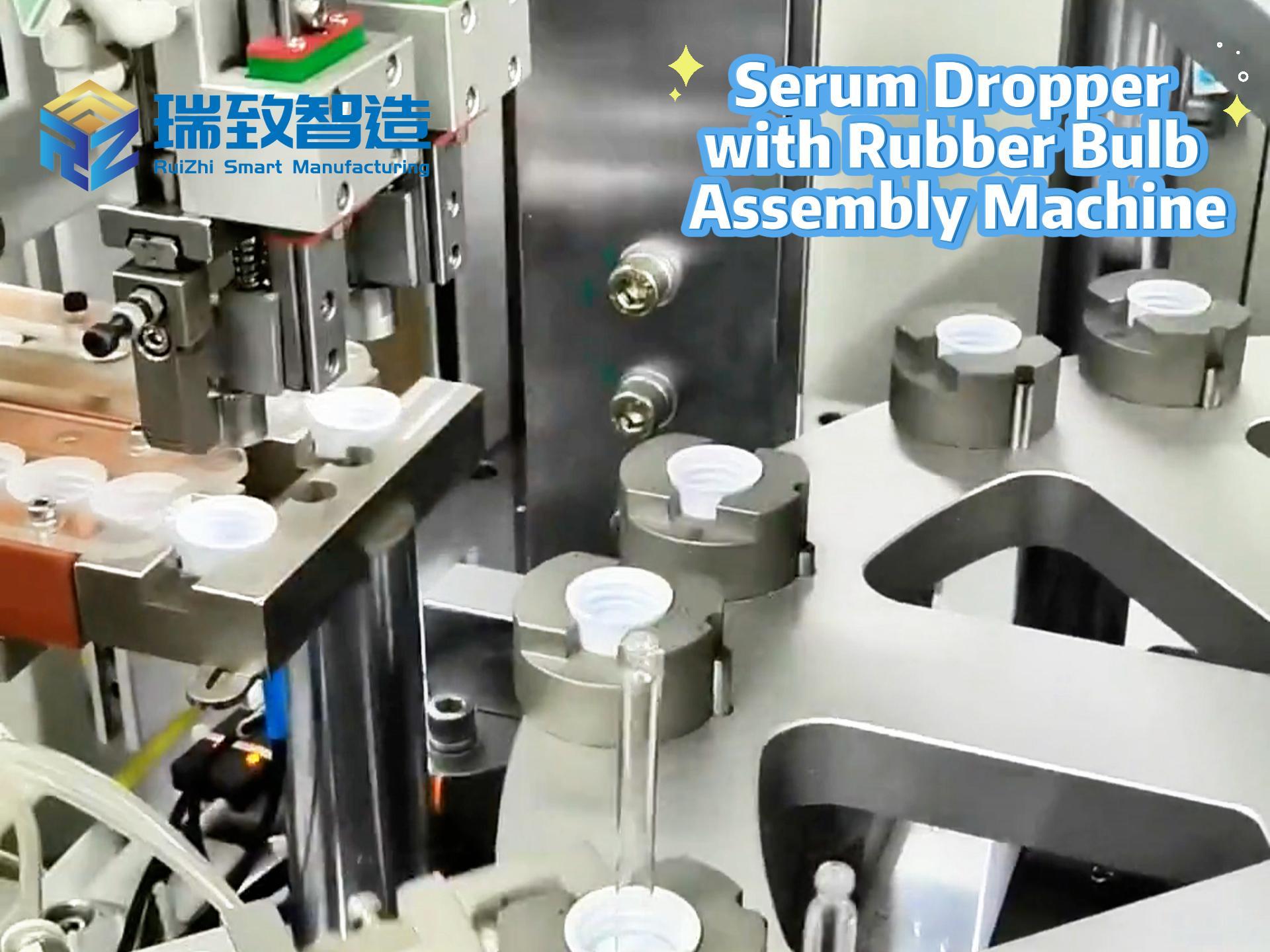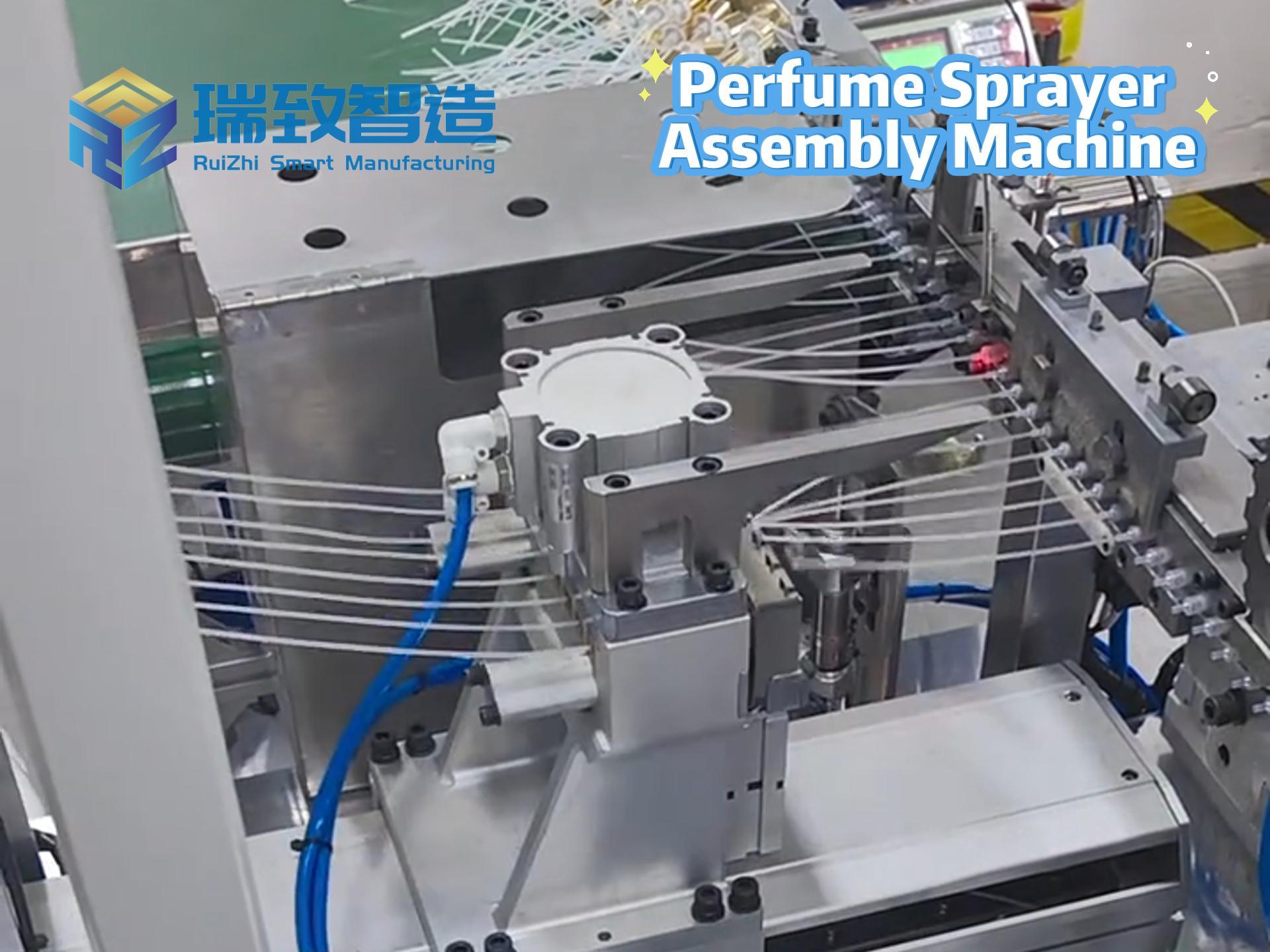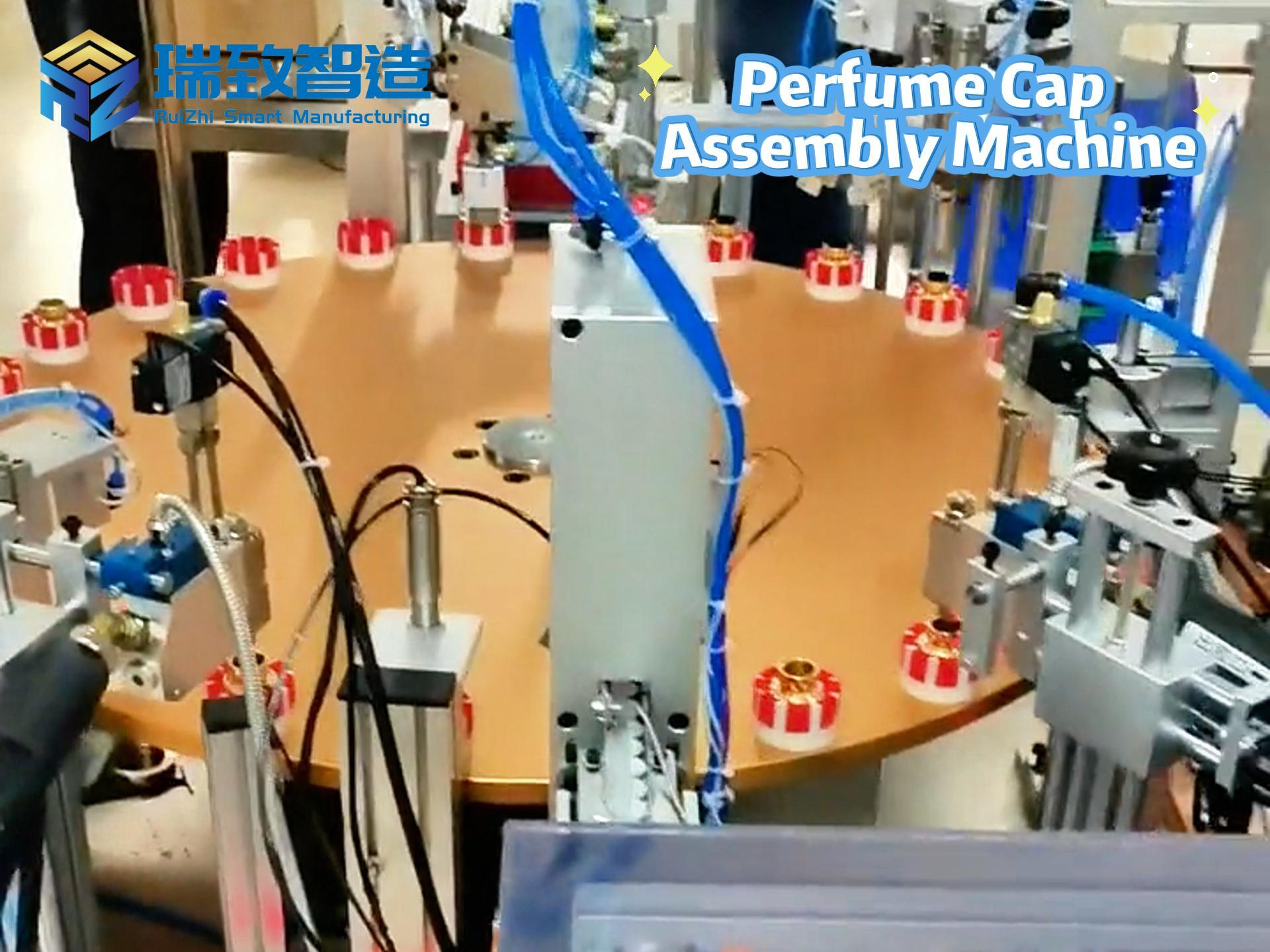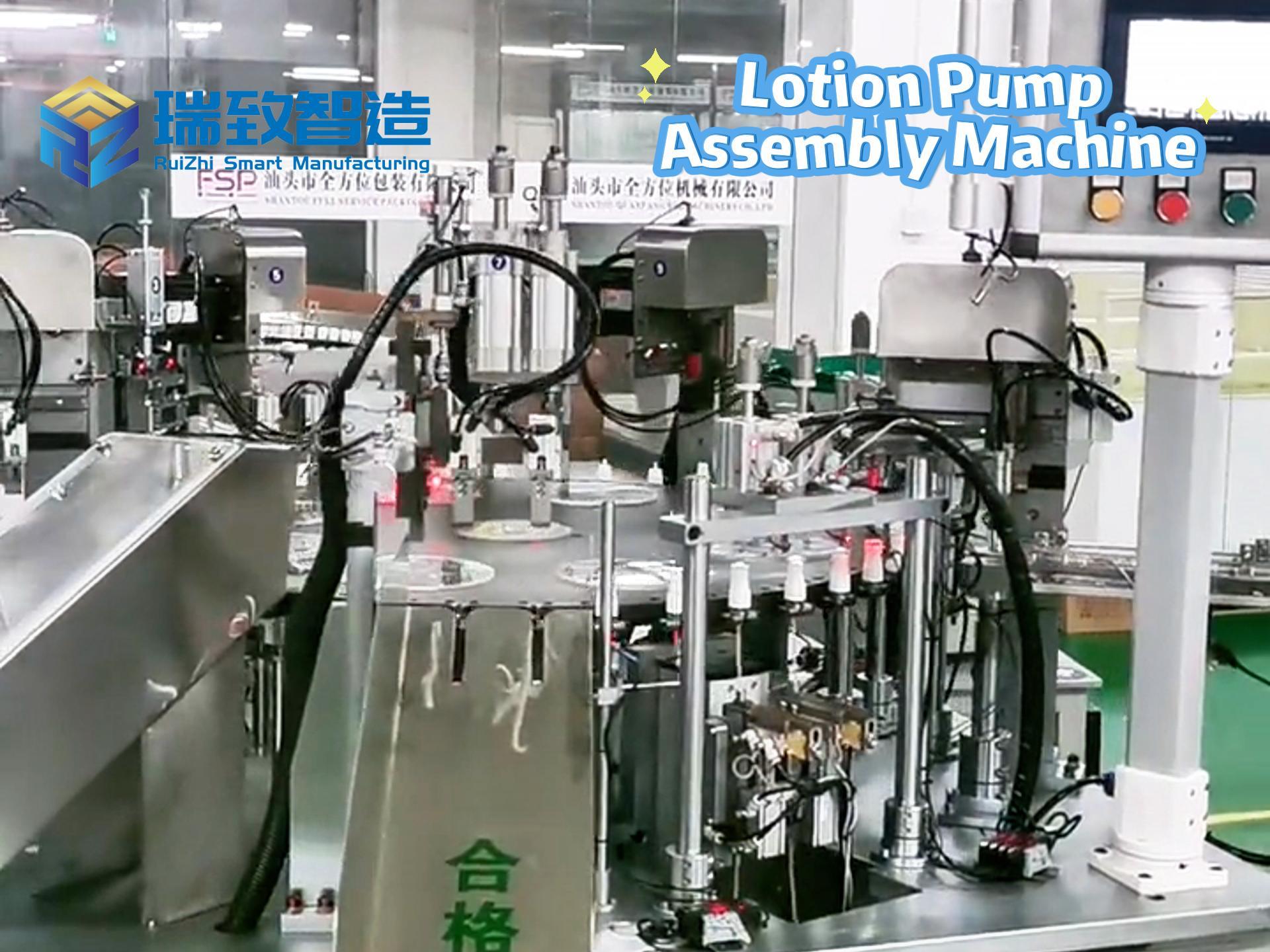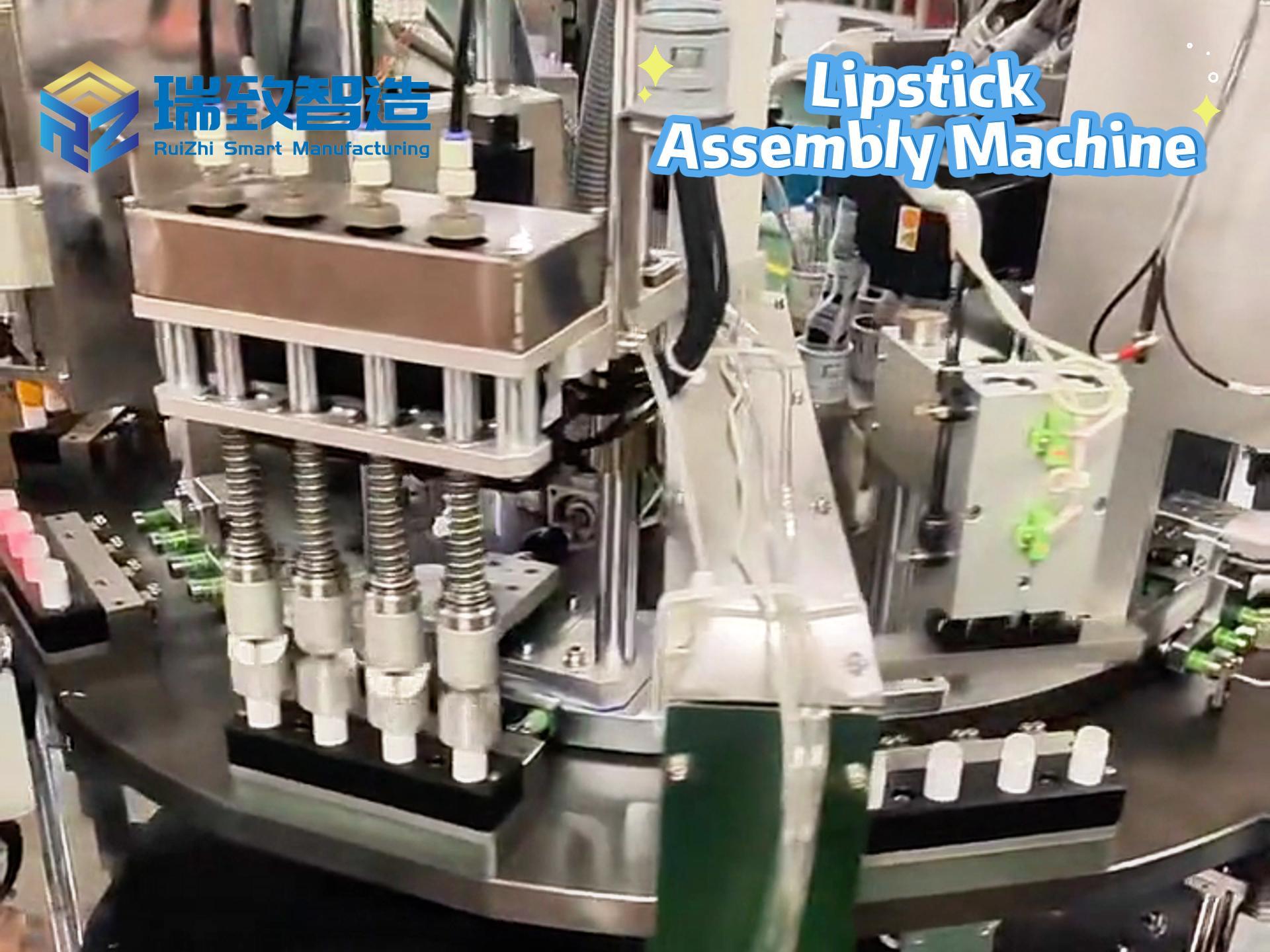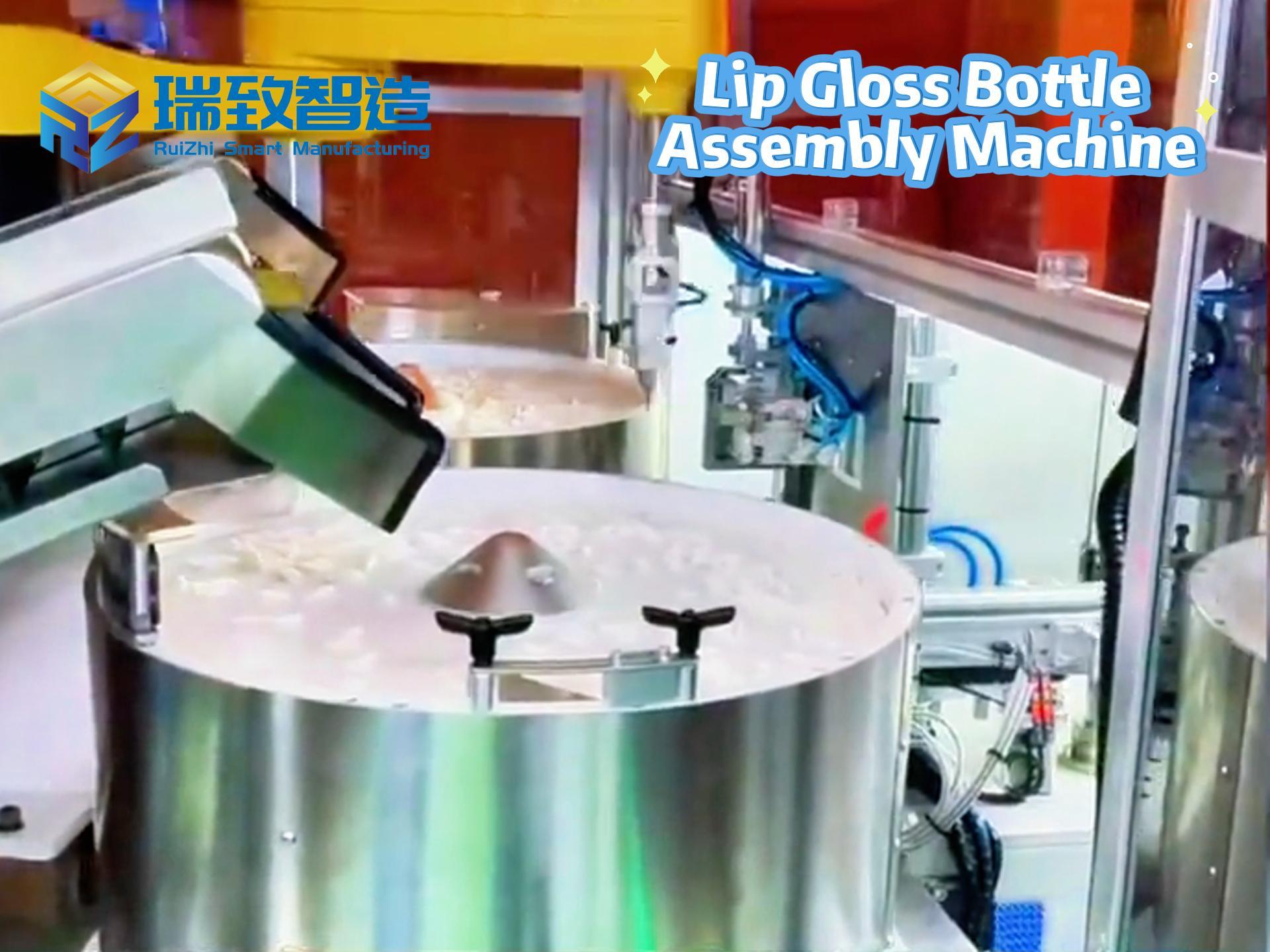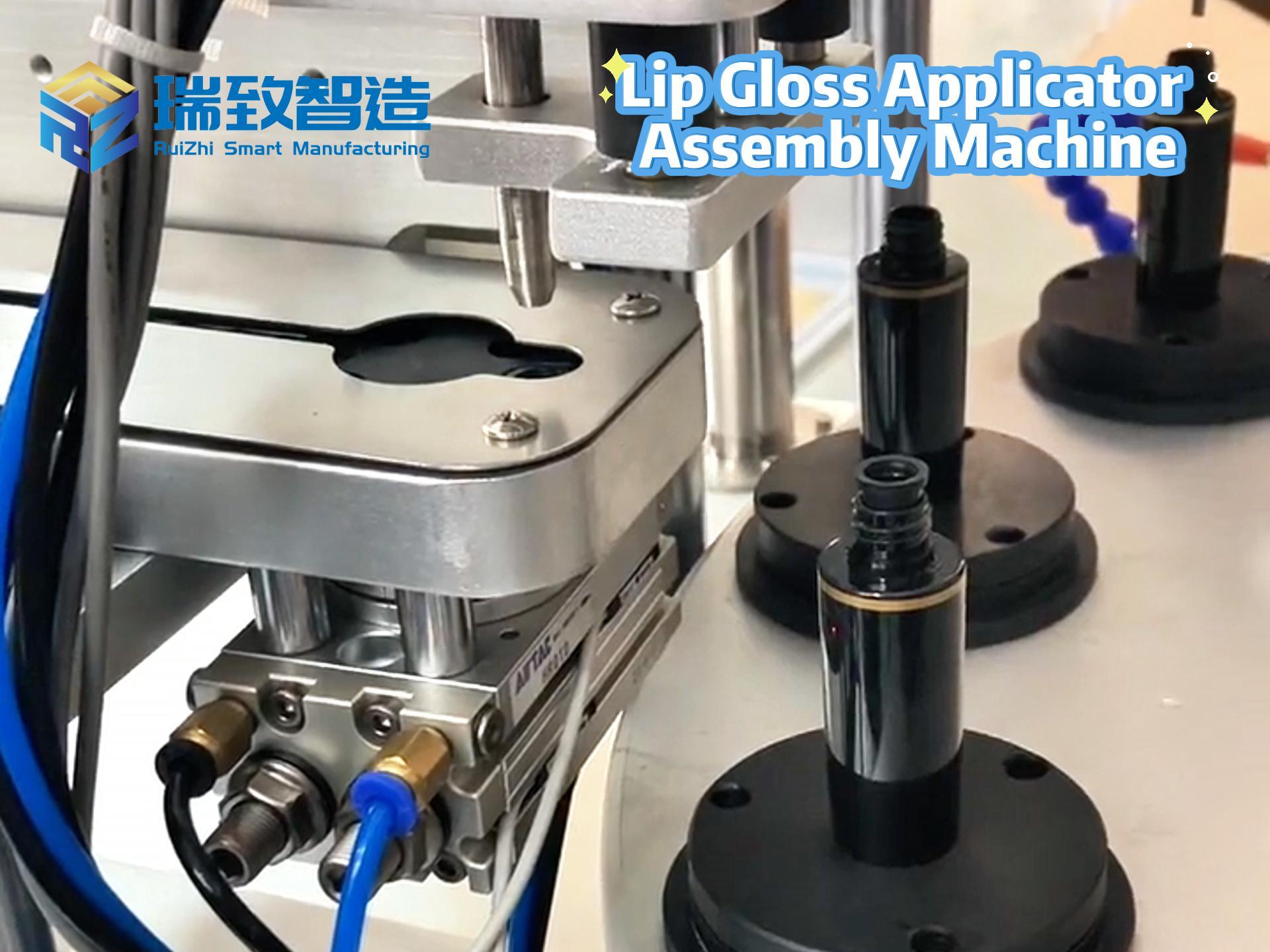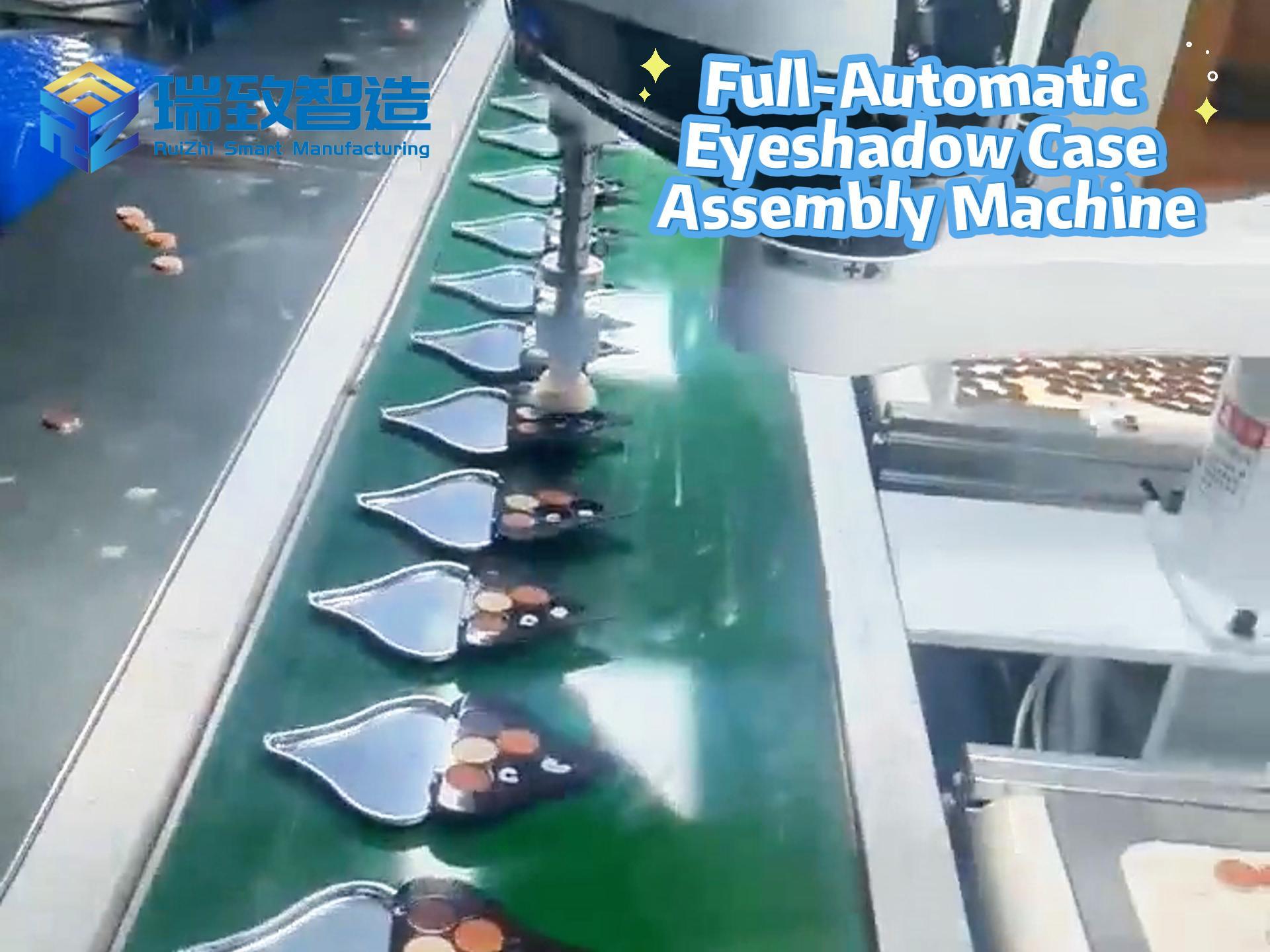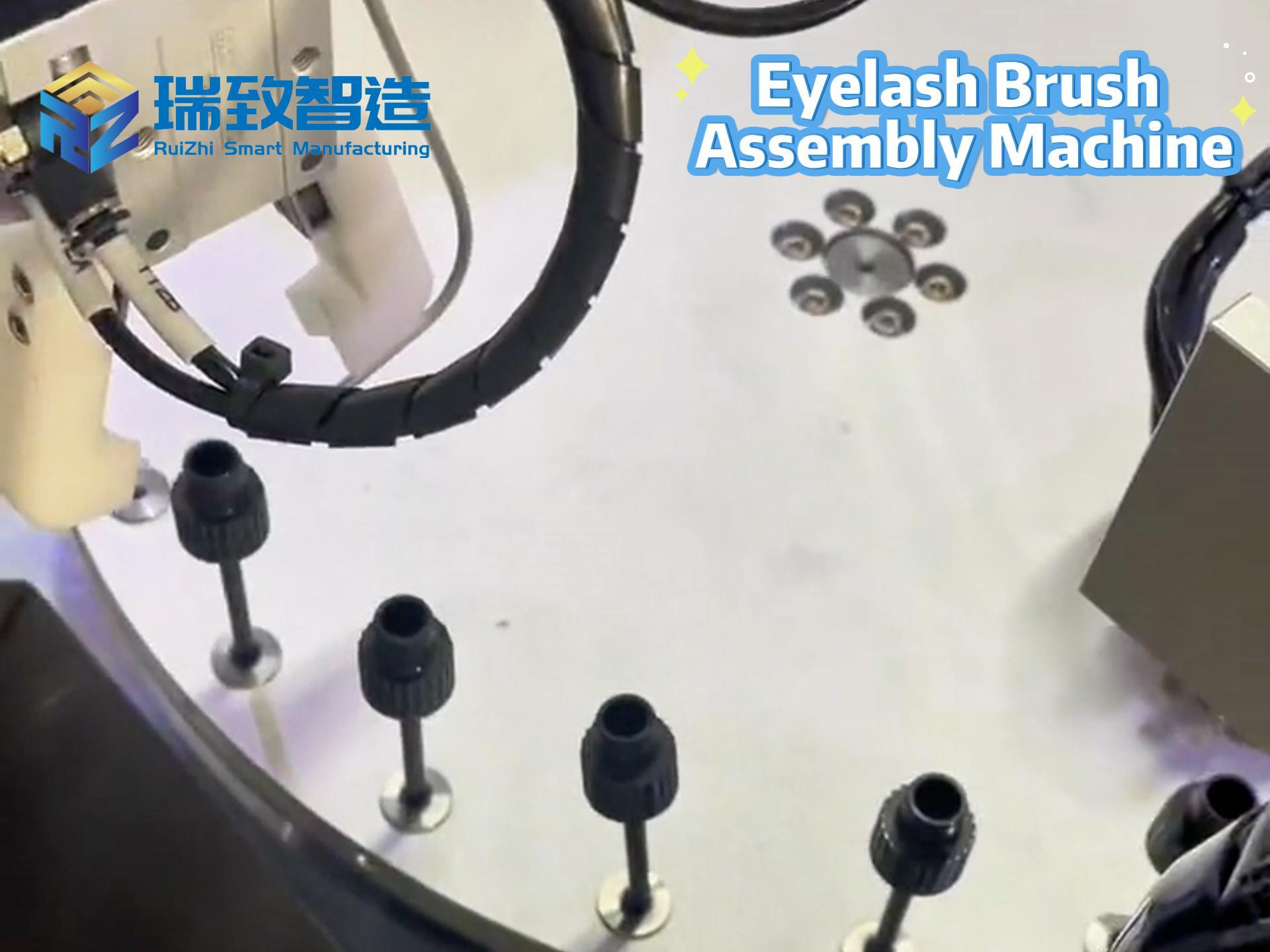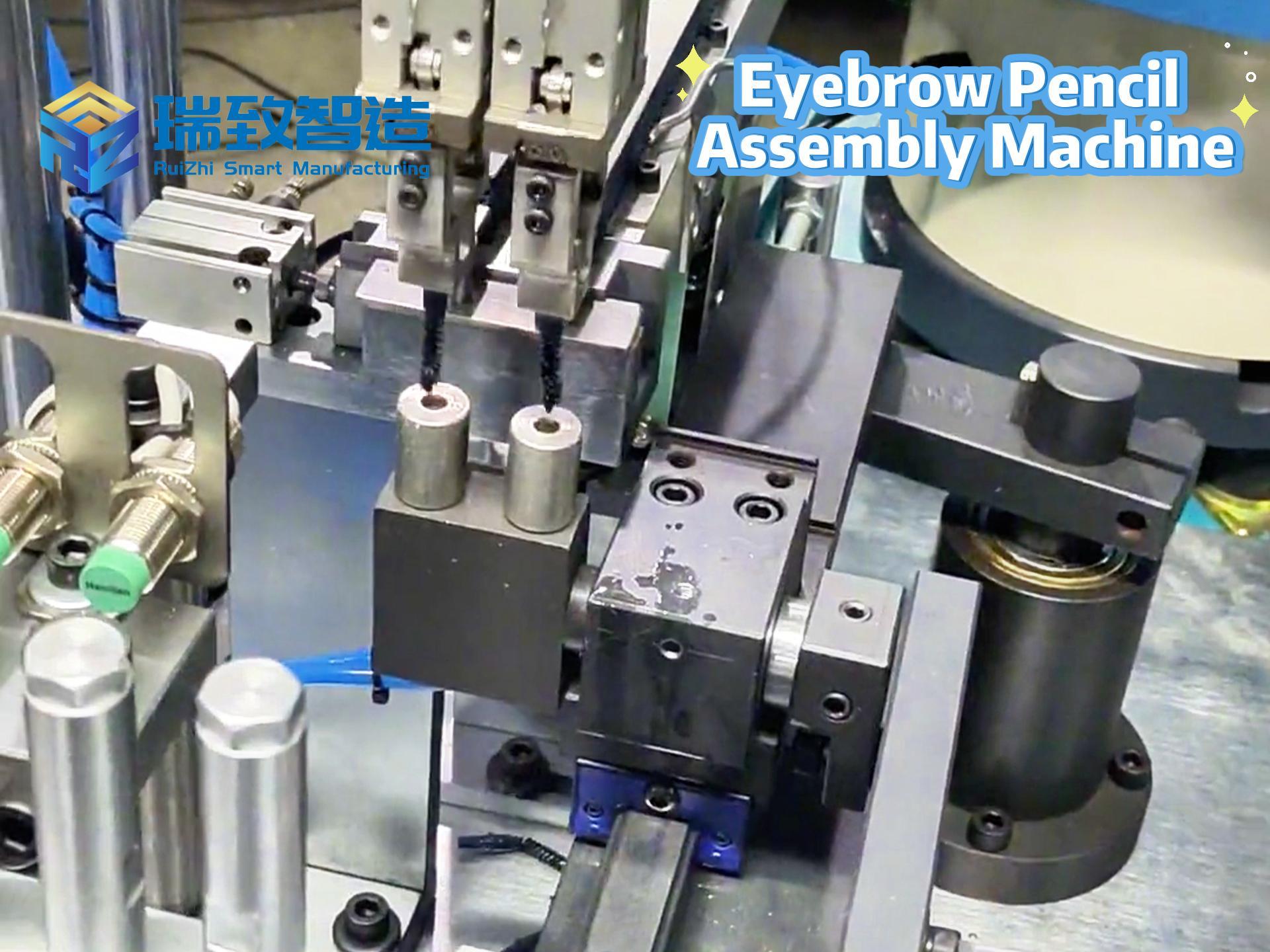Table of Contents
ToggleCultivating Flexible Automation Talent: The Transformation Path from “Operators” to “Smart Technicians”

Scene Spotlight:
In the intelligent workshop of a home appliance factory, operator Xiao Li frowns at the newly arrived collaborative robot— the fault code “E0312” on the screen is unfamiliar, and the solution isn’t found in the manual. More awkwardly, when the production line needs to switch between air conditioner panels and refrigerator handles, he doesn’t know how to call up corresponding process formulas in the MES system. “I used to just tighten screws, but now the equipment is like ‘alien technology’— I can’t keep up at all!” Xiao Li’s confusion 缩影 (epitomizes) the challenges faced by millions of manufacturing workers amid flexible automation transformation.
I. Three “Flexibility Gaps” in Traditional Talent Systems
1. Unbalanced Skill Structure: The Chasm from “Single Operation” to “Composite Maintenance”
- Traditional production line workers spend 70% of their time on “repetitive manual labor” (e.g., screwing, material handling), while flexible lines require:
- Equipment Monitoring: Understanding OEE reports and identifying sensor anomalies (a factory statistics show only 23% of workers can read equipment status dashboards);
- Basic Programming: Modifying simple process parameters and inputting new formulas (a 3C OEM test found only 5% of workers can independently complete formula switching);
- Emergency Handling: Rapidly locating equipment faults and replacing modular spare parts (smart technicians must resolve issues that traditional maintenance workers take 30 minutes to troubleshoot within 10 minutes).
2. Lack of Data Awareness: The Cognitive Gap from “Relying on Experience” to “Using Data”
- An auto parts factory found veteran employees habitually “judge screw tightness by color,” but flexible lines require:
- Analyzing the relationship between changeover time and order batch size through MES systems to optimize scheduling autonomously;
- Identifying abnormal workstations based on real-time equipment energy consumption data (e.g., a 15% sudden increase in energy consumption during a shift may indicate conveyor bearing wear).
- Data shows 68% of enterprises encounter “workers refusing to input data” during transformation, rooted in the lack of “data-driven decision-making” thinking training.
3. Lagging Organizational Adaptation: Disconnect Between Job Settings and Flexible Production
- The traditional “operator-maintenance worker-engineer” three-tier structure is ineffective:
- Flexible lines need “multi-skilled workers” (e.g., operators must master simple equipment maintenance, and maintenance workers must understand system parameter debugging);
- An electronics factory established “production line coordinator” positions, but without supporting training, these roles became “message couriers,” failing to handle cross-equipment exceptions.
II. “Three-Stage, Nine-Dimension” Talent Cultivation System: Building Smart Technician Echelons
1. Layered Cultivation: Competency Leaps from “Novice” to “Expert”
First Stage: Operation Layer—Human-Machine Collaboration Basics (3-month target)
| Competency Dimension | Training Content | Practical Tools | Assessment Standard |
| Equipment Operation | Quick changeover (fixture switching, formula calling) | 3D simulated changeover training system | Complete dual-product switching within 10 minutes |
| Exception Handling | Recognition of common fault codes (e.g., E01-E10) | Fault Quick Reference Manual (images + videos) | Reset simple faults within 5 minutes |
| Data Entry | Accurate reporting of production exceptions and material wastage | Mobile APP (voice input + QR code correlation) | Data accuracy ≥95% |
Second Stage: Maintenance Layer—Equipment Health Management (6-month target)
- Core Skills:
- Sensor calibration (e.g., vision camera calibration, force control sensor zero adjustment);
- Replacement of vulnerable parts (e.g., standardized disassembly and assembly of conveyor belts and gripper suction cups);
- Basic parameter optimization (fine-tuning speed and pressure parameters based on production reports).
- Cultivation Method:
Adopt a “work order-based practice”—assign 3 equipment maintenance tasks daily (e.g., replacing worn guide rail sliders, calibrating sorting robot coordinates), with mentors recording mistakes during on-site follow-up.
- Cultivation Method:
Third Stage: Optimization Layer—Continuous Improvement Experts (12-month target)
- Advanced Competencies:
- Writing vision recognition algorithms for new materials (collaborating with engineers for debugging);
- Analyzing OEE data and proposing process optimization suggestions (e.g., a workstation bottleneck reducing overall efficiency by 5%, proposing a buffer workstation solution).
- Growth Path:
Participate in “improvement proposal competitions,” with excellent plans incorporated into the enterprise knowledge base (a hardware factory worker proposed “fixture quick-change structure improvement,” reducing changeover time by 2 more minutes and receiving a 5,000 yuan reward).
- Growth Path:
2. Training Innovation: (Breaking) Learning Resistance with “Gamification + Scenario-based” Methods
- VR Simulated Factory:
An auto factory invested 2 million yuan to build a virtual flexible production line, where workers practice “multi-variety mixed-line production” in VR. Wrong operations trigger “equipment collision alarms” and “order delay point deductions,” improving learning efficiency by 40% compared to traditional training. - Master-Apprentice System 2.0:
Implement “reverse mentoring”—young technicians teach old employees system operations, while old employees pass on process experience (30 pairs in an electronics factory achieved “35% system operation rate increase and 90% process experience retention”). - Micro-course System:
Develop 5-minute short videos (e.g., 3 Steps to Master Fixture Quick Change, How to Read OEE Report Three-Color Lights), leveraging fragmented learning time. Monthly average learning hours for workers in a food factory increased from 2 to 8 hours.
3. Organizational Adaptation: Reconstructing Job Roles and Incentive Mechanisms
- Three Principles of Job Reengineering:
① Deboundarization: Eliminate “pure operator” positions, establish “intelligent production posts” (operation + basic maintenance) with 20% salary increases;
② Competency Pricing: Set salary ranges by skill level (junior/senior smart technicians), with senior technicians earning 50% higher monthly salaries than juniors;
③ Dynamic Rotation: Rotate among sorting, assembly, and inspection workstations quarterly to cultivate “end-to-end visibility” (rotating workers in a 3C OEM factory improved exception handling speed by 60%). - Upgraded Incentive Mechanisms:
Establish “Flexibility Contribution Awards”:
- Teams achieving autonomous equipment maintenance rates (e.g., >80%) receive 0.5% of output value as bonuses;
- Individuals proposing effective improvement suggestions (e.g., reducing changeover wastage) are rewarded 10% of annual cost savings.
III. “Talent (Assault Strategies)” for Enterprises of Different Sizes
1. Small and Micro Enterprises (Fewer Than 100 Employees): Leverage External Resources
- Shortcuts:
- Join “joint training programs” of industry associations (e.g., shared faculty, shared VR training bases);
- Sign “talent (custody agreements)” with equipment suppliers (suppliers dispatch engineers to the factory for 3 months to train 5-10 core employees).
- Case: A small electronics factory spent 50,000 yuan participating in a “flexible talent training camp,” cultivating 8 “multi-skilled equipment workers” within 3 months and reducing equipment failure rates by 30%.
2. Medium-sized Enterprises (100-500 Employees): Build a “Pyramid” Echelon
- Structure Design:
- Base (60%): Intelligent production posts (master basic operation + simple maintenance);
- Middle (30%): Equipment engineers (proficient in system debugging + parameter optimization);
- Peak (10%): Improvement experts (对接 (docking) suppliers to optimize algorithms, participate in production line planning).
- Key Action: Co-build “flexible automation order classes” with vocational colleges for targeted cultivation (a factory has sent 20 employees for retraining, who became team leaders upon graduation).
3. Large Enterprises (500+ Employees): Create a “Digital Twin Business School”
- Benchmark Practices:
An auto group invested 50 million yuan in a training base, including:
- 1:1 replicated flexible production line training areas (simulating 100+ fault scenarios);
- Digital twin teaching systems (real-time display of internal equipment operation logic, such as robotic arm motion trajectory disassembly);
- Cultivates 2,000 smart technicians annually, with an internal certification pass rate of 75% and talent turnover reduced to 8%.
IV. Overcoming Transformation Resistance: The Critical Step from “Resistance” to “Embrace”
1. “Fear of Unemployment”? Dispel Concerns with Data
- A home appliance factory released transformation data:
- 20% of traditional operators transferred to new positions (salary unchanged), 60% upgraded to smart technicians (salary +25%), 20% transferred to quality inspection/logistics (workload reduced by 30%);
- Concurrently, due to order growth, 15% new positions were added, and employees realized “transformation isn’t layoffs, but a chance for salary increases.”
2. “Can’t Learn”? Customize “Gradual Growth Paths”
- Design a “three-level challenge map”:
① Novice Village (1-3 months): Master 3 core operations (changeover, code scanning, work reporting);
② Advanced Field (4-6 months): Learn 2 types of equipment maintenance (sensor replacement, cache clearing);
③ Master Competition (7-12 months): Participate in 1 improvement proposal (even “optimizing tool placement”). - Using this method, a hardware factory increased employee learning enthusiasm from 30% to 85%, independently cultivating the first batch of 20 smart technicians within 6 months.
V. Peer Comparison: Talent-Ready vs Talent-Lagging, How Big Is the Gap After 3 Years?
| Dimension | Talent-Lagging Enterprise (Factory E) | Talent-Ready Enterprise (Factory F) | Core Difference |
| Equipment Utilization | 65% | 88% | Smart technicians handle exceptions rapidly |
| Improvement Proposals | 10 per month | 80 per month | Whole-team participation in continuous optimization |
| Transformation Cycle | 2 years unqualified | 1 year 达产 (reaching production) | Talent adaptation accelerates system implementation |
| Employee Turnover Rate | 25% | 12% | Skill improvement enhances belonging |
Act Now: Free Download Smart Technician Cultivation Toolkit
Scan the code and reply “Talent” to get practical resources including:
- Job Competency Matrix(industry-specific, level-specific, directly aligning with cultivation goals);
- 30 High-Frequency Fault Handling Videos(covering common issues with robotic arms, conveyors, vision systems);
- Incentive Plan Templates(including 6 mechanism designs such as skill allowances and improvement proposal rewards).
The ultimate competition in flexible automation isn’t about equipment—it’s about “people.” While your enterprise complains about “workers failing to keep up,” leaders have transformed traditional operators into core assets supporting flexibility through “layered cultivation, practical training, and value binding.” The next issue, Future Trends in Flexible Automation: The Evolution Path from “Factory-Level” to “Ecosystem-Level”, reveals how 5G, digital twins, and AI will reshape the future of flexible production. Stay tuned!
(Follow us for more talent cultivation insights, making “people” the strongest engine for your enterprise’s flexible transformation.)
#automated tray return system #spring loaded tray #automatic tray retrieval system

